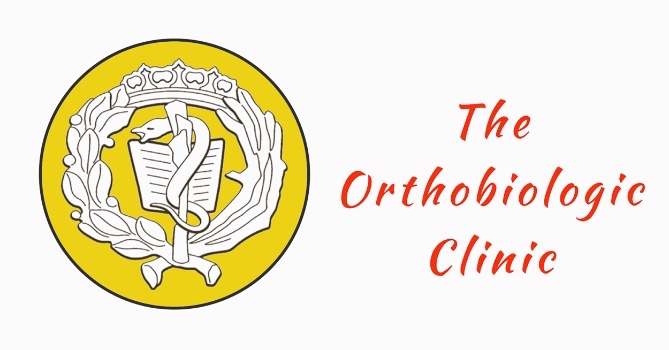1. What is it?
Is an inflammation of the fluid-filled sac, or bursa, that lies between the ischial tuberosity and the tendon that attaches the hamstring muscle to the bone.
2. What is the cause?
Injury or overuse can irritate the bursa causing the bursa to become inflamed, swollen, and painful. It is also caused by inflammation or injury to a nearby tendon, the hamstrings that insert on the ischial tuberosity. This injury can be from direct trauma to the area, or from injury to the hamstring muscle or tendon through activities such as running or bicycling. Ischial bursitis can also result from sitting for long periods on a hard surface.
3. Symptoms
This may include pain when sitting and pain at the center of the butt that can radiate going down the back of the leg that mimic sciatica. This can be felt during walking or even when flexing the hip at rest.
4. Treatment
a) Concervative Treatment.-
These are the simplest and most commonly use. They include of rest, ice, compression and elevation is done for managing the ischial tuberosity pain. These techniques are not always effective, and are not helpful in restoring the tissue injury. They are good only in alleviating the pain for short term, but it is not quite effective in chronic cases of ischial tuberosity pain. Additionally if the patient takes prolonged rest or ice application, there is decrease in the blood supply which delays in the healing process.
b) Physical therapy:
This also helps in controlling and reducing the ischial tuberosity pain. However it does not provide a permanent solution, as it does not repair the damage in the muscular tissues and ligaments.
c) Analgesic Medicines:
A variety of analgesic are also used for treating the ischial tuberosity pain. They will only relieve the pain and will not heal the damaged tissues. Analgesic should only be used for short term duration, since using them long term produces significant side effects and may affect the kidney function. Steroid such as hydrocortisone are also used sometimes and will relieve the pain but weaken the tissue even more.
The therapy modalities that fallow are very advance therapy modalities and there are not many physician familiar with them. These treatment methods require very skilled and experienced physicians to conduct them.
d) Proliferative therapy: This is a favorable and very advanced treatment method for pain in the ischial tuberosity. A hypertonic dextrose solution is injected in the areas of the damaged tissues to produces inflammation, which stimulate the local stem cells to repair the damaged area. This treatment helps in depositing new collagen and repairing the injured ligaments. It promotes strengthening of the soft tissues, which leads to gradual improvement of hamstring tearing. This process helps in resolving the ischial tuberosity pain.
e) Autologus Cell Therapy: This treatment is an innovative method for treating ischial tuberosity pain. Cells obtained from the bone marrow of the patient are injected into the area. This leads to self-restoration of the affected tissues alleviating the associated ischial tuberosity pain. Orthobiological injection procedure is a a natural treatment process.
f) Injection of plasma rich in platelets: This therapy is used in conjuction or as a booster, after autologous Cell therapy. There is large amount of cytokinin present in the Plasma rich in platelets, which reinforces and helps in coordinating the healing of the bones and soft tissues.


0 Comments